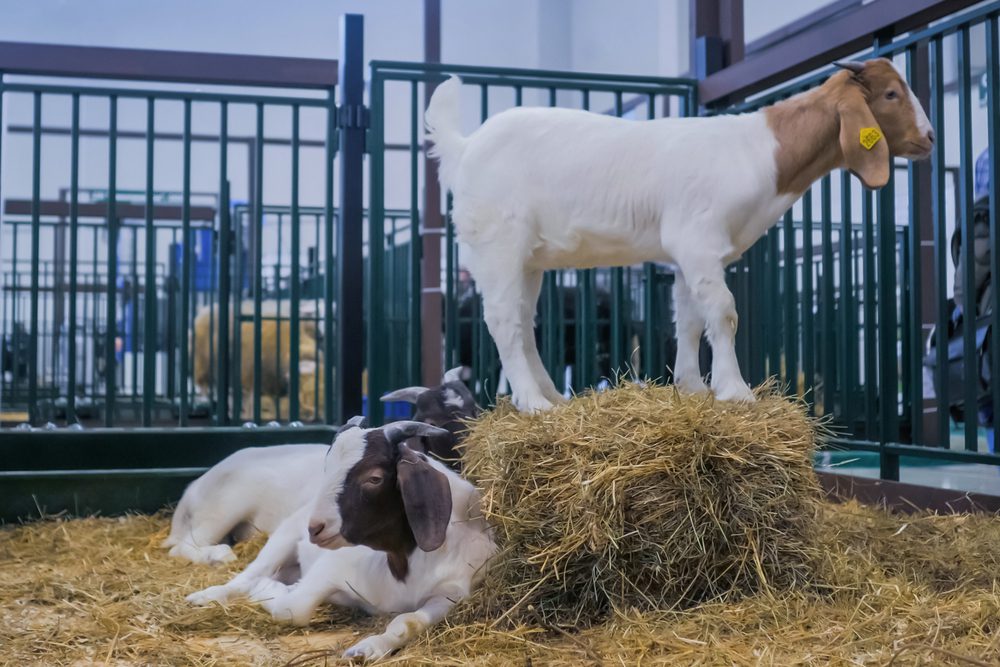3 Must-Knows While Getting Livestock Fence Panels for Your Farm

As humans, shelter is one of our basic needs. Without a home to live in, our lives would take a turn for much worse. We want our homes to be durable and weather-resistant that can withstand any adversity, including natural disasters and extreme weather. But have you given a thought to whether you have provided your animals with adequate shelter? Especially, animals maintained as pets, farm animals, and poultry require special care since they are housed in environments unfamiliar to them. A human settlement is not an animal’s natural home; it is important that we build them a good shelter where they can be safe and away from harm. This is where livestock fence panels come in. They are an essential piece of equipment in protecting cattle.
A good cattle panel should ideally keep your livestock from trying to escape. In the meantime, you no longer have to watch your animals all the time. In this blog post, we’ll go over the 3 things to consider before you invest in a reliable cattle panel.
1. Material Used
The material that the livestock fence panel is constructed out of is of crucial importance here. Strength and sturdiness are two of the most integral qualities that you should seek in a fence. Think reinforced steel and a solid appearance. The cattle will most likely avoid attacking the fence if it’s sturdy and tall. And even if they do, the panels won’t collapse. Keep in mind that animals can identify fences based on their appearance and pain memory.
Until a few years back, cattle fences were made of wood. Back then, it was cheaper to find quality timber, and steel fences were still a new concept. Today, however, strong timber is hard to come by. Steel panels have undergone extraordinary evolution and completely replaced wood in modern times.
2. Panel Frames
Now that we have established the importance of the panels themselves, let’s move on to the second most critical element, aka the panel frames. There are a hundred distinct types of frames available on the market. Horses being tall animals require frames with reasonable heights. Sheep and goats are diminutive and can make do with smaller frames. Cows and bulls are short but squat, and hence they require shorter but broader frames.
3. Railing
One could assume that a robust and adequately sized cattle panel would be sufficient to contain the animals, but we recommend you take further measures. The livestock fence panel’s railings shouldn’t be too far apart from each other because it would provide animals room to go under or through it. Adult males are particularly notorious escape artists; containing them requires closer spacing.
Invest in Fences from Bison Pipes!
Bison Pipes is one of the nation’s topmost suppliers of custom fencing and confinement solutions. With our superior line of steel fences, frames, and panels, you can rest assured that you are investing in cattle panels that will last you a lifetime. To explore more of our fencing products, visit our website!

